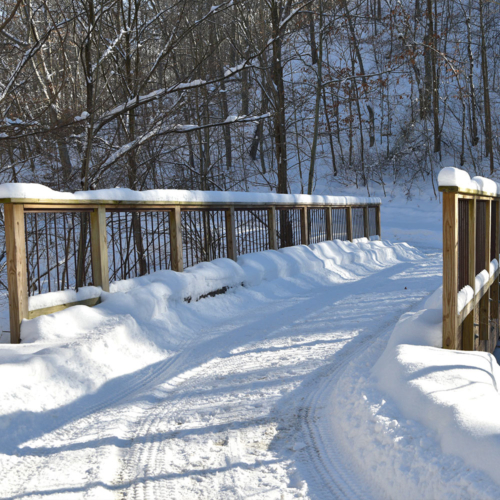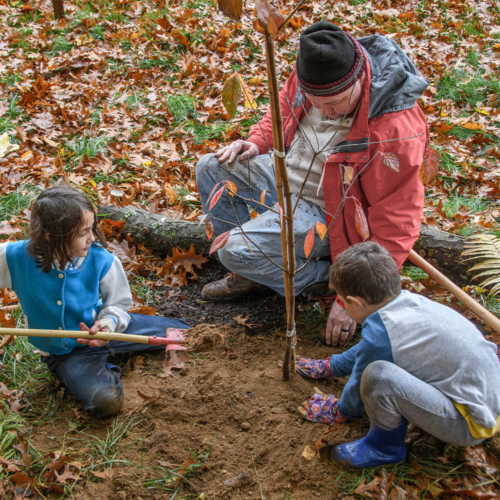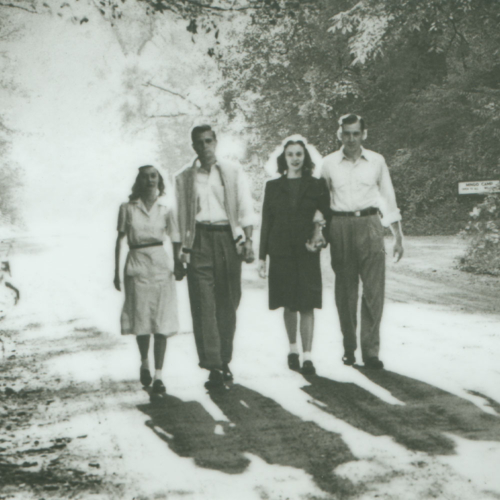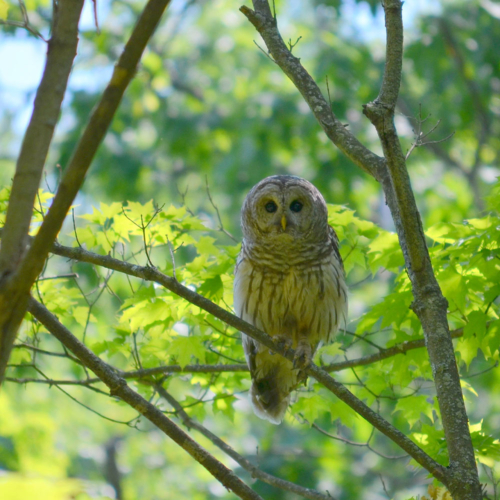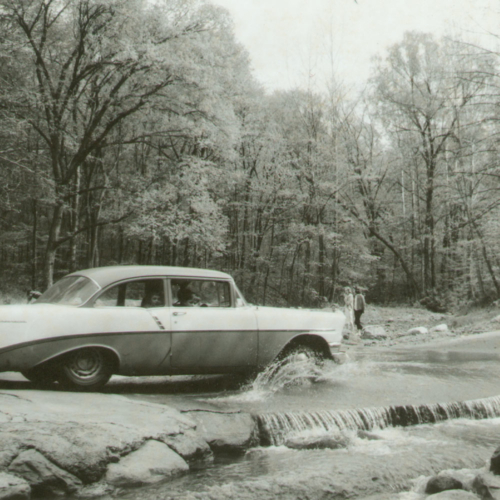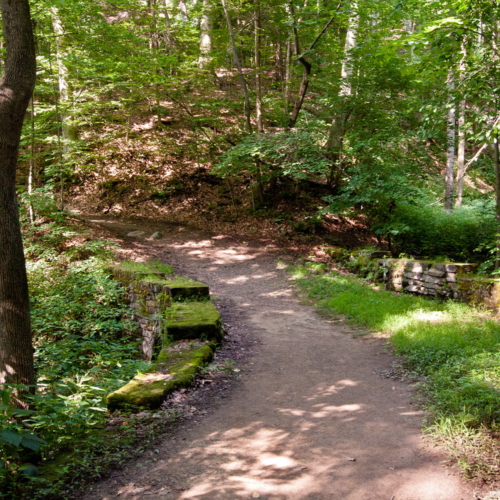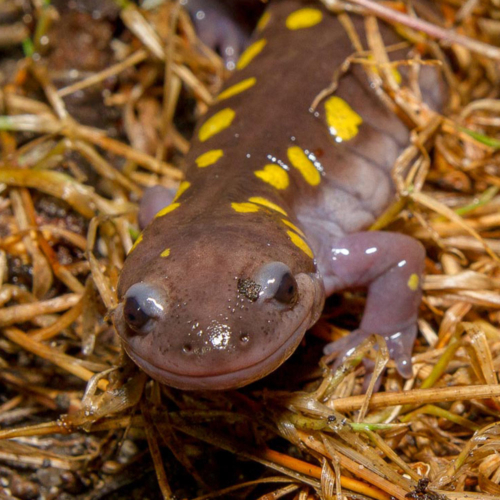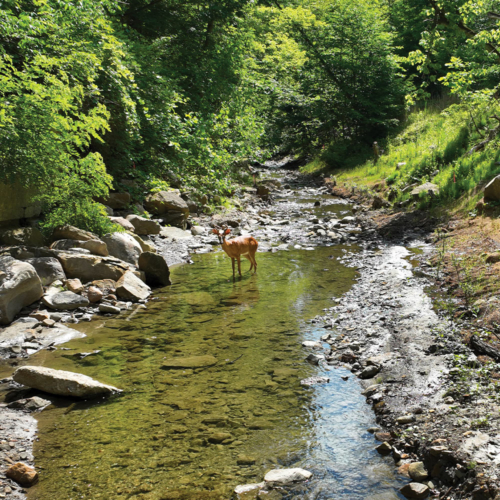Sand Run
Metro Park
The 998-acre Sand Run Metro Park opened in 1929, but the area has been a crucial destination for people for centuries.
The land surrounding Chestnut Lodge was a campsite for Indigenous peoples and Portage Path was once an important Indigenous trail between the Cuyahoga and Tuscarawas rivers; later, it was the western boundary of the United States. A high ridge above the Wadsworth Area was a lookout point for General Elijah Wadsworth, who made his camp near the present-day Old Portage Area during the War of 1812.
In the 1930s, Sand Run Parkway and many of the surrounding shelters and structures were constructed by the Civilian Conservation Corps. In 1974, the park district’s Administrative Offices were moved from Goodyear Heights Metro Park to Treaty Line Road in Sand Run.
Today, visitors can drive through the Sand Run stream at the ford which crosses Sand Run Parkway. In the cool, shady ravines of Sand Run and its tributary streams, hemlocks, ferns, skunk cabbage and large colonies of horsetails grow. Each spring, large-flowered trilliums and other seasonal blooms appear, including foam flower, bloodroot, spring beauty and trout lily.
The towering forest is home to red, gray and fox squirrels; screech, barred and great horned owls; and pileated woodpeckers. Red-tailed hawks roost in the treetops when they are not soaring over the ridges. Many rare species inhabit the park, including sharp-shinned hawks, butternut trees and native orchids.
Explore the park
Sand Run Metro Park is sprawling park with several trailheads and park areas. To help you navigate, we have broken down each area’s trails, activities and amenities below. All areas are open 6 a.m. to 11 p.m., unless otherwise noted. We have also provided a key to help you find the perfect trail.
Trail Classes: A = Multipurpose | B = Accessible* | C = Basic | D = Primitive** | E = Bridle Trail
Ratings: 1 = Easy | 2 = Moderate | 3 = Difficult
*Flat, easy trail or section with asphalt or crushed limestone surface. ** Rugged and challenging with uneven surfaces and steep, narrow routes
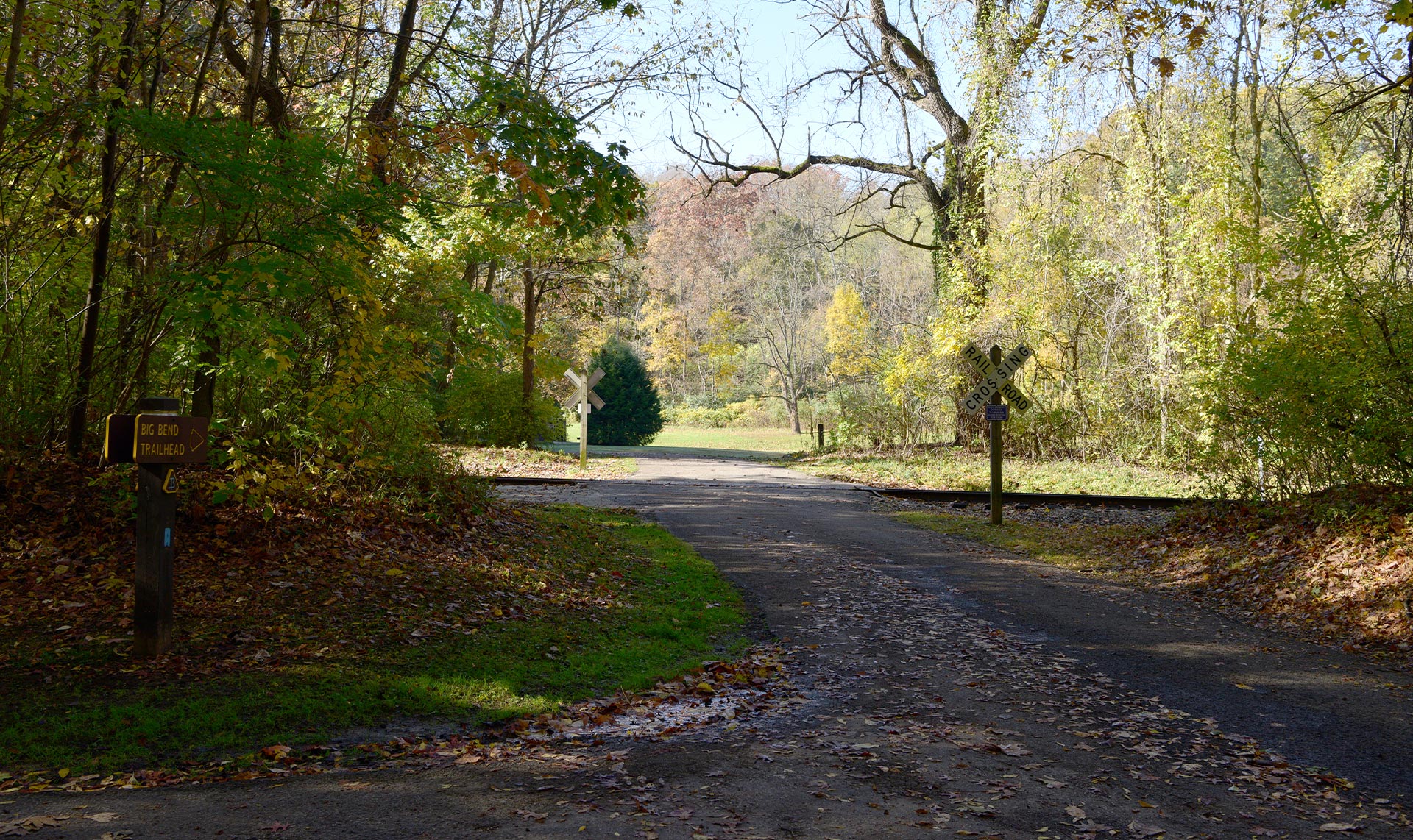
Big Bend Area
There are 41 miles of the multipurpose Ohio & Erie Canal Towpath Trail in Summit County. Summit Metro Parks manages half of that distance, from the southern boundary of Cuyahoga Valley National Park to the Stark County line, except for about three miles in Akron.
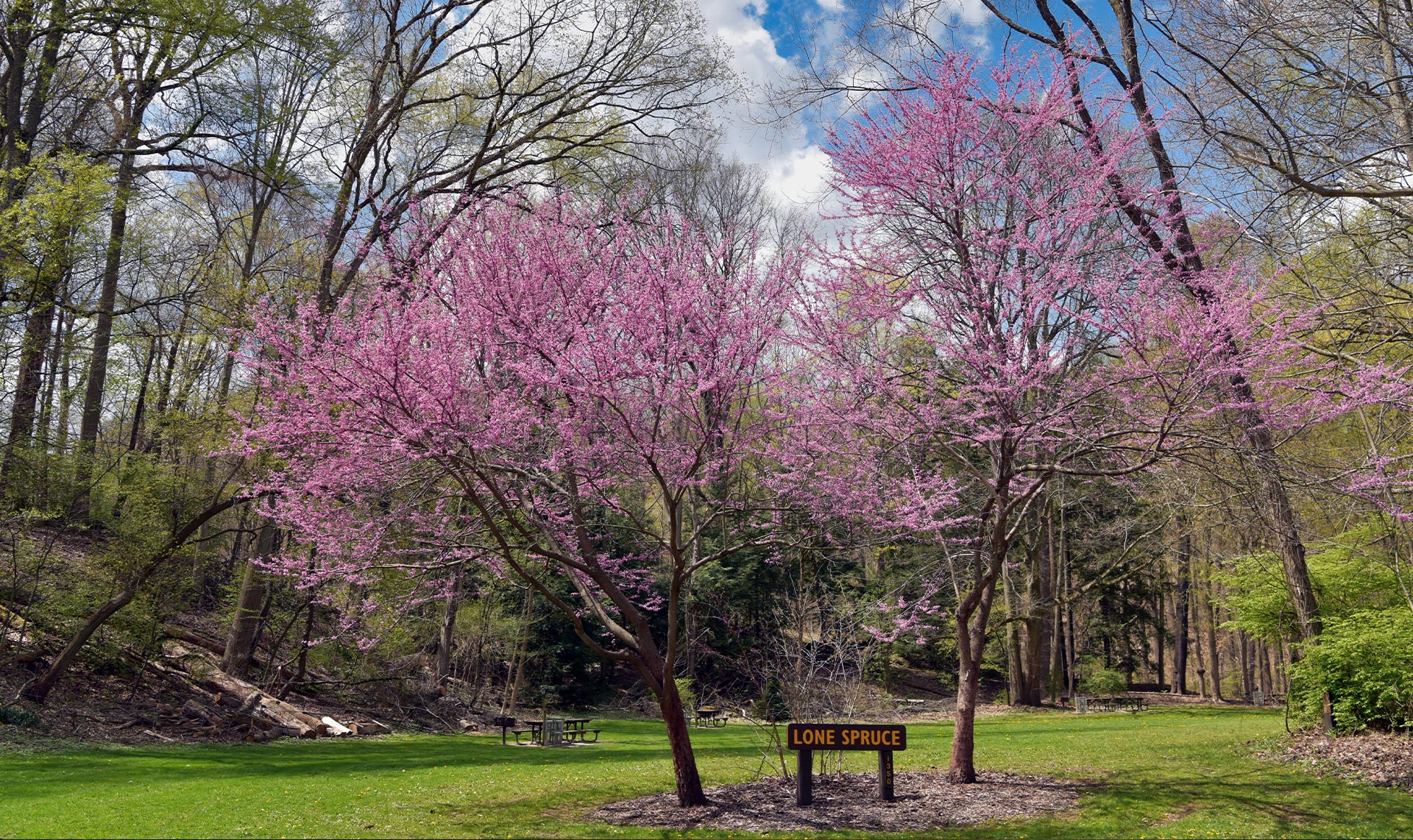
Lone Spruce Area
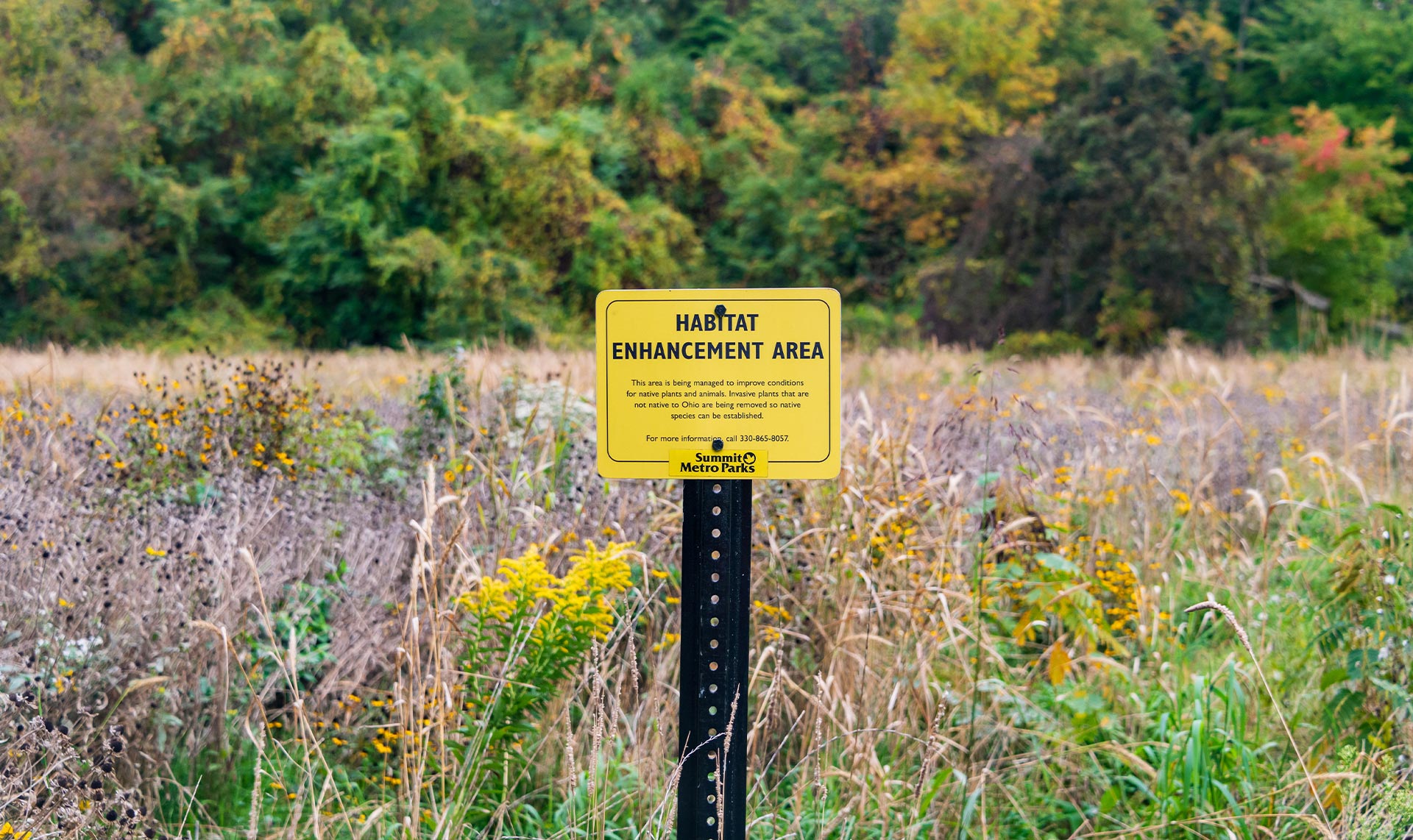
North Hawkins Area
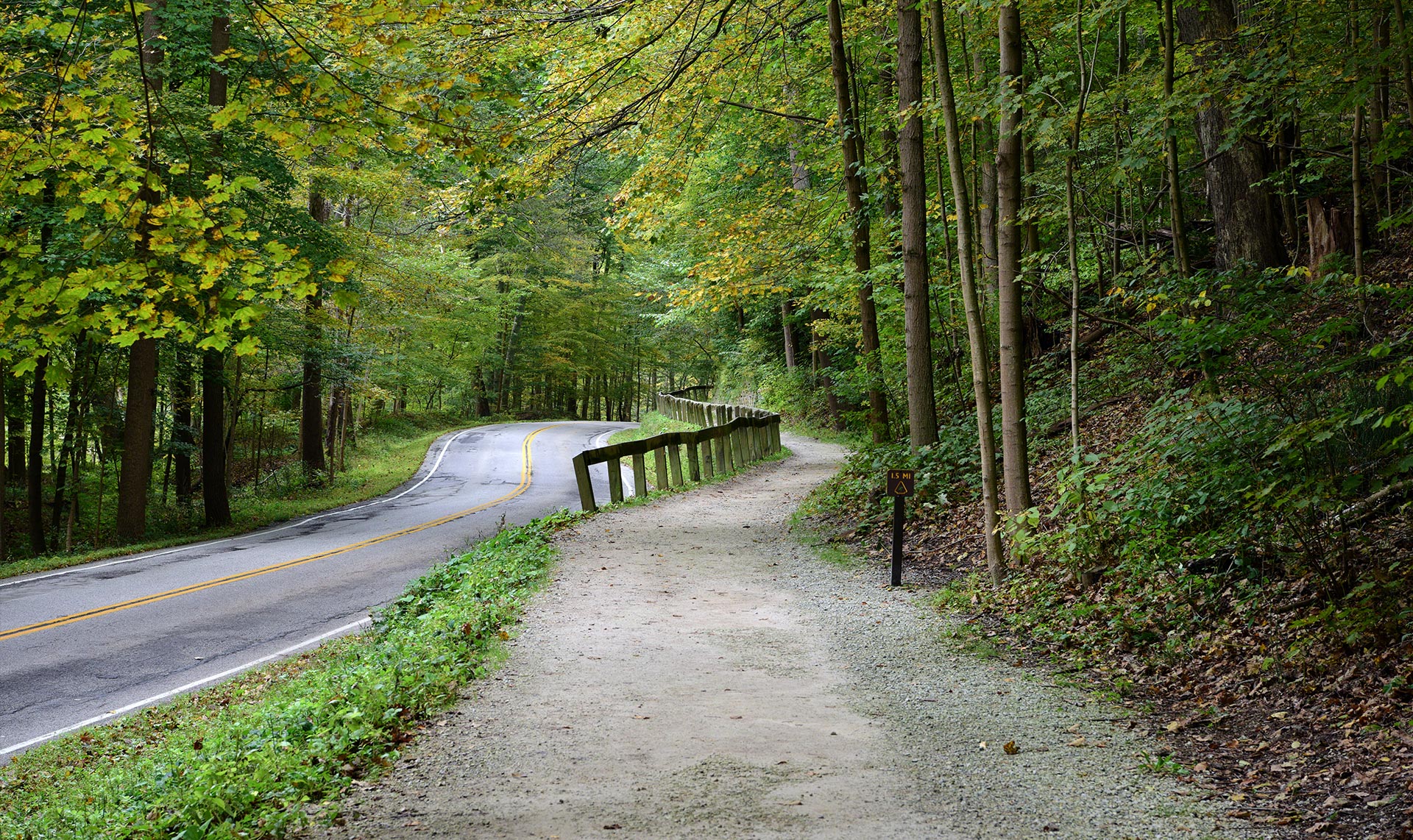
Old Portage Area
- A – Multipurpose
- B – Accessible*
- C – Basic
- D – Primitive**
- E – Bridle
The Jogging Trail is the most popular trail in the park district and for good reason. Runners and walkers alike enjoy the winding path along the park’s namesake stream. Beginning at the Old Portage Area, a one-mile (round trip) section earns class B status and is good for users with wheelchairs, walkers, canes and strollers. The trail is plowed in winter to allow access year-round.
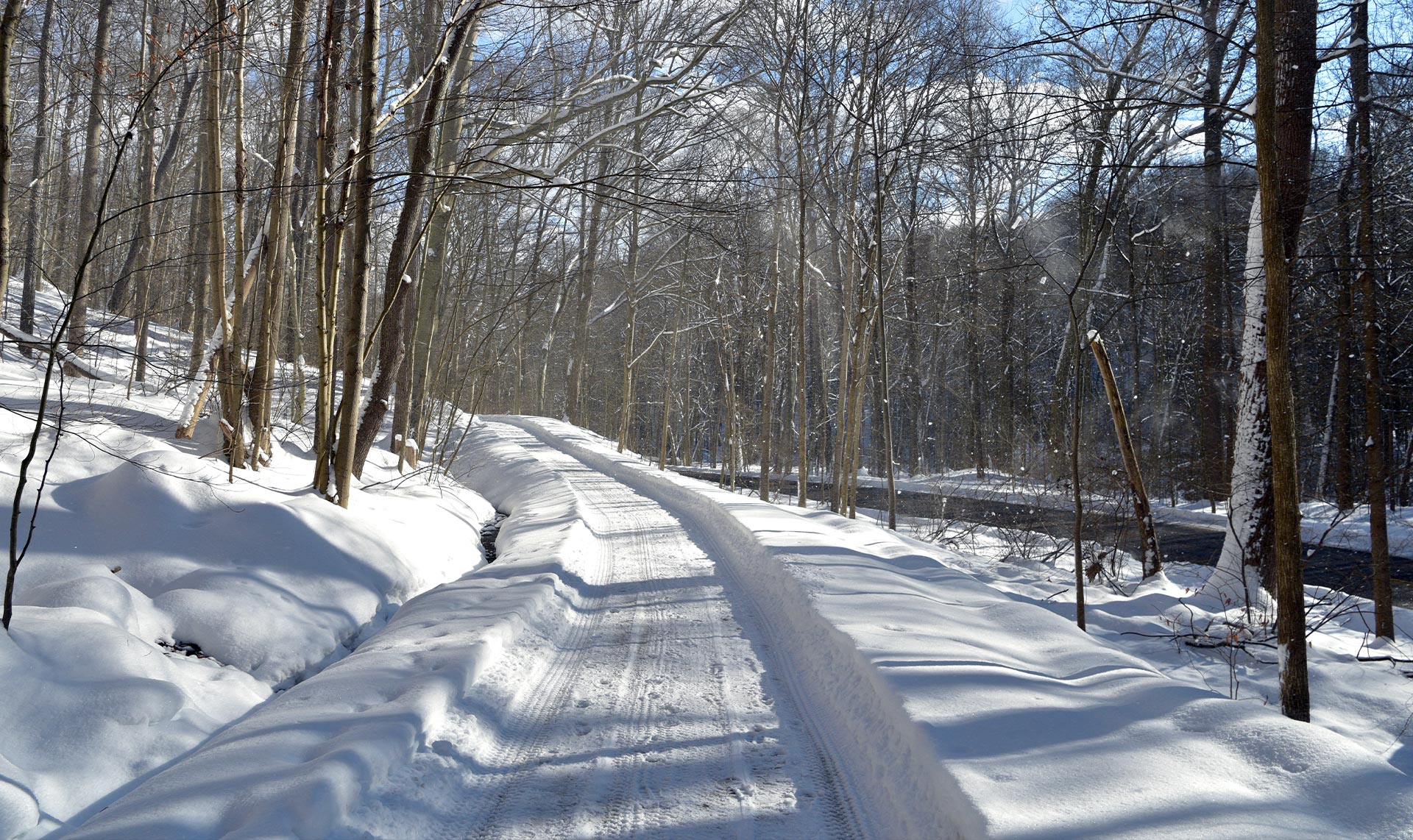
Revere Road Lot
- A – Multipurpose
- B – Accessible*
- C – Basic
- D – Primitive**
- E – Bridle
The Jogging Trail is the most popular trail in the park district and for good reason. Runners and walkers alike enjoy the winding path along the park’s namesake stream. Beginning at the Old Portage Area, a one-mile (round trip) section earns class B status and is good for users with wheelchairs, walkers, canes and strollers. The trail is plowed in winter to allow access year-round.
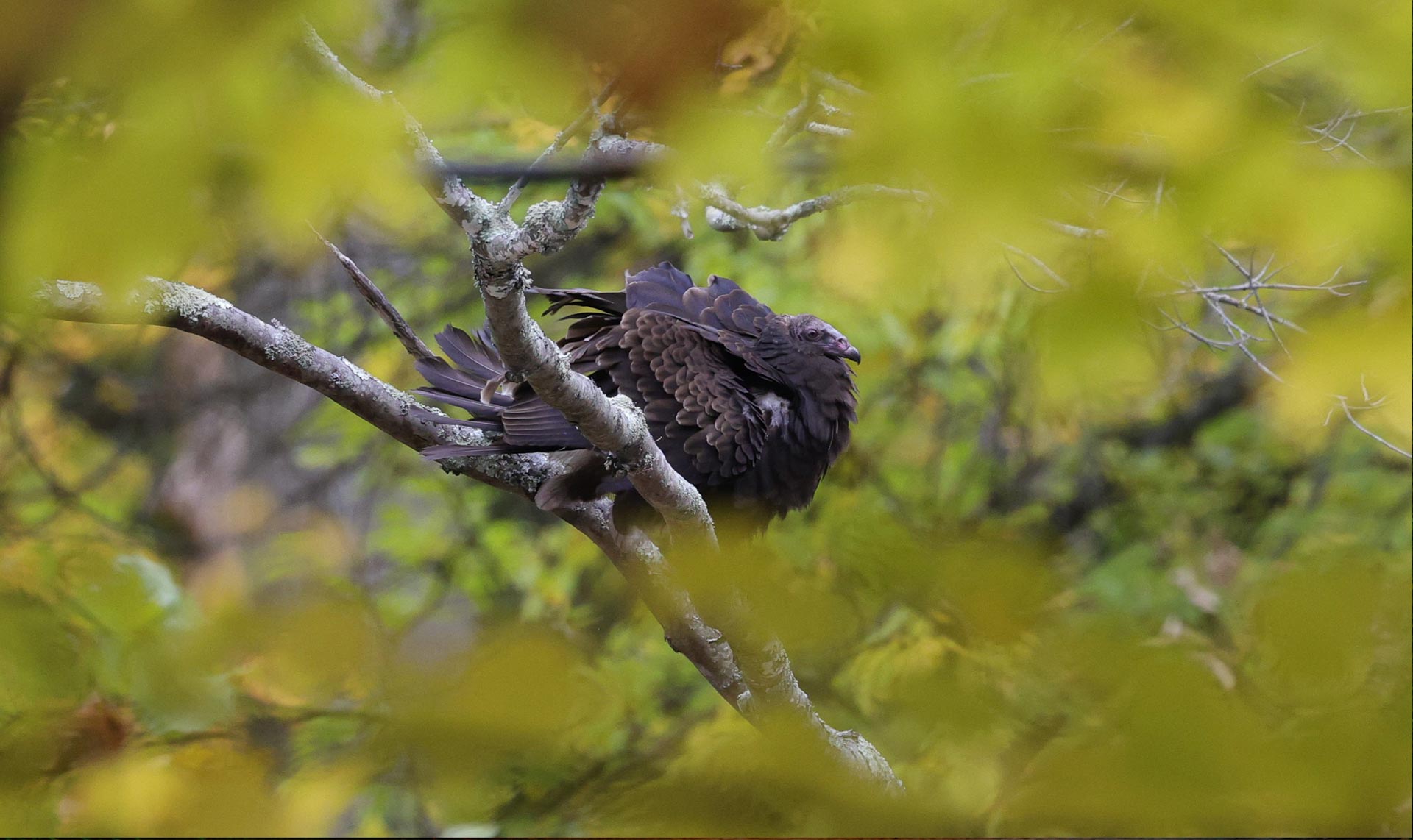
Treaty Line Area
- A – Multipurpose
- B – Accessible*
- C – Basic
- D – Primitive**
- E – Bridle
If you’re looking for something other than a casual hike, challenge yourself on this trail with 18 numbered exercise stations. Each has a beginner and “par” level indicated on its sign, while trailside markers direct you to either walk or run at different intervals to enhance your workout.
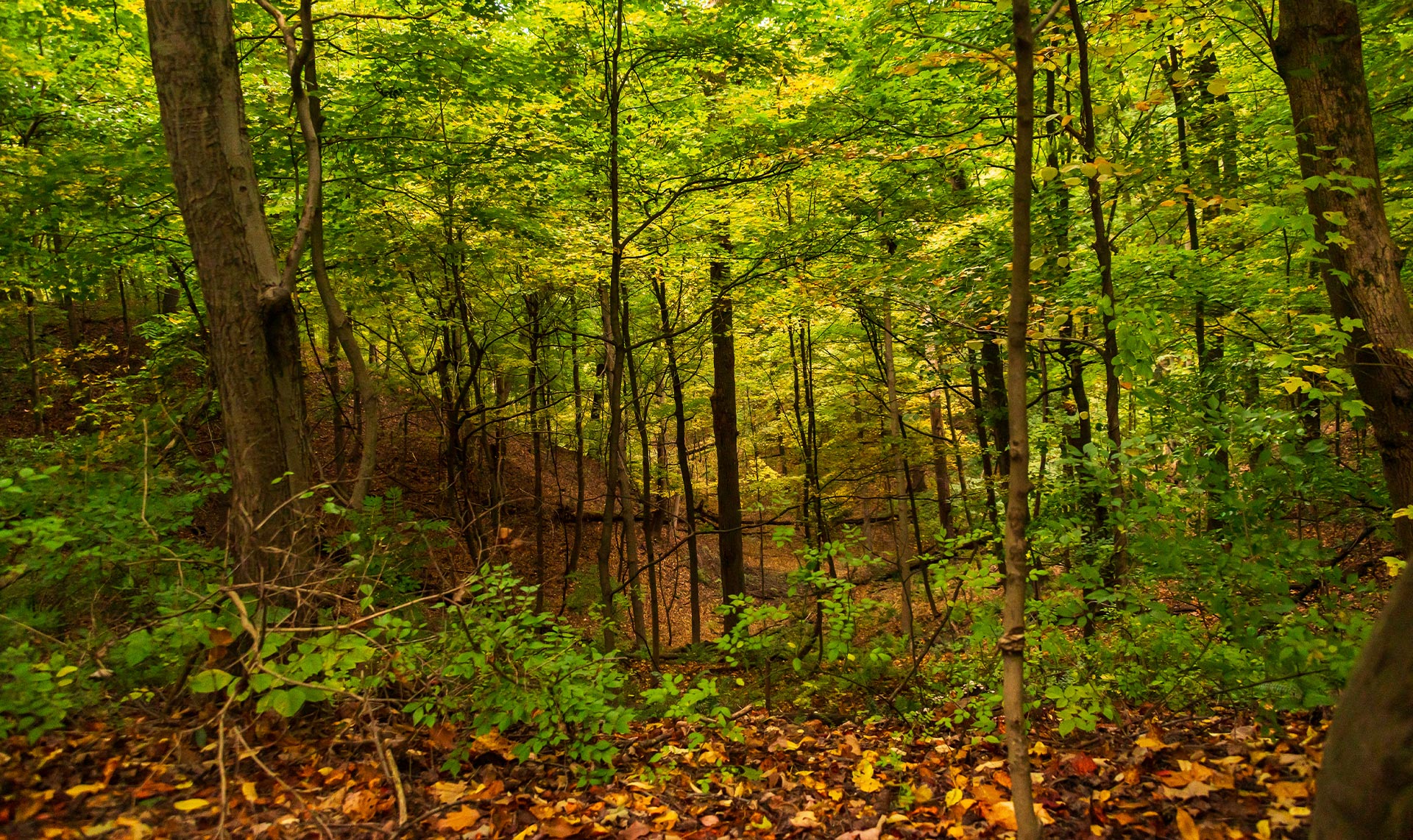
Wadsworth Area
- A – Multipurpose
- B – Accessible*
- C – Basic
- D – Primitive**
- E – Bridle
Explore shady valley and ridge-top terrain along the wooded and challenging Dogwood Trail. Climb the hill to the North Hawkins Area sled hill before descending back to the Sand Run valley.
- A – Multipurpose
- B – Accessible*
- C – Basic
- D – Primitive**
- E – Bridle
The wooded Nuthatch Trail harbors a variety of wildlife and oak, beech and tulip trees. The trail becomes quite rugged, earning Class D status, and connects to F.A. Seiberling Nature Realm near the top of the valley.

Shady Hollow Lodge
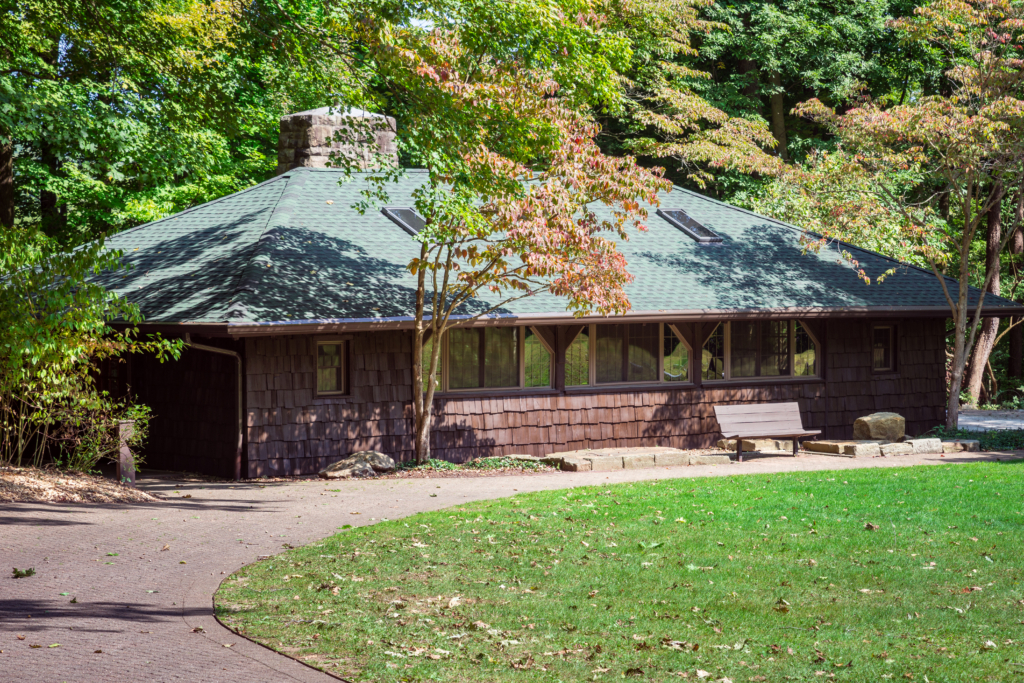
Chestnut Lodge
Events in Summit Metro Parks
Come Join the Fun!
From kayaking to birdwatching, we’ve got you covered. Explore the calendar to find and register for upcoming events and programs.
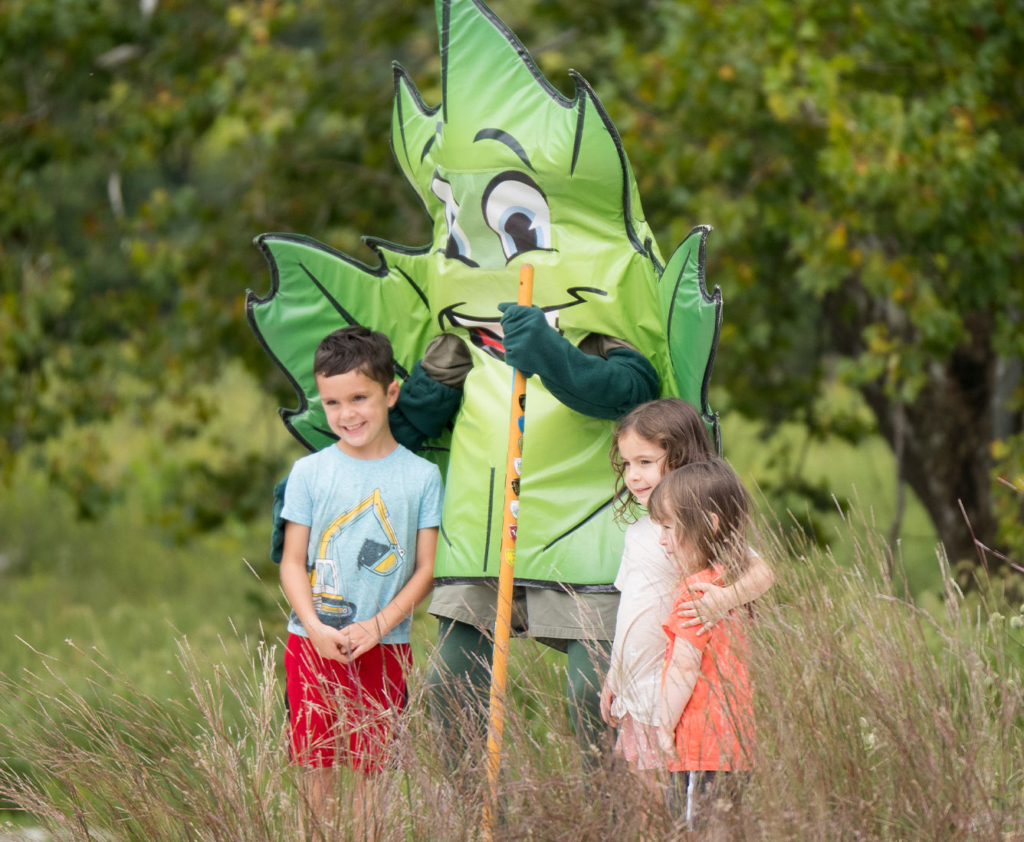
Plan Your
Next Visit
Need help charting your course? Let us be your guide to Summit County’s best kept secrets.
